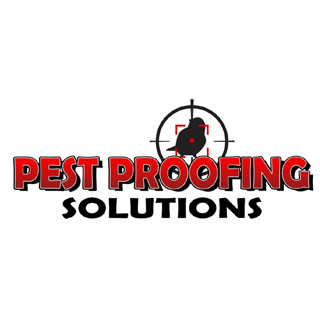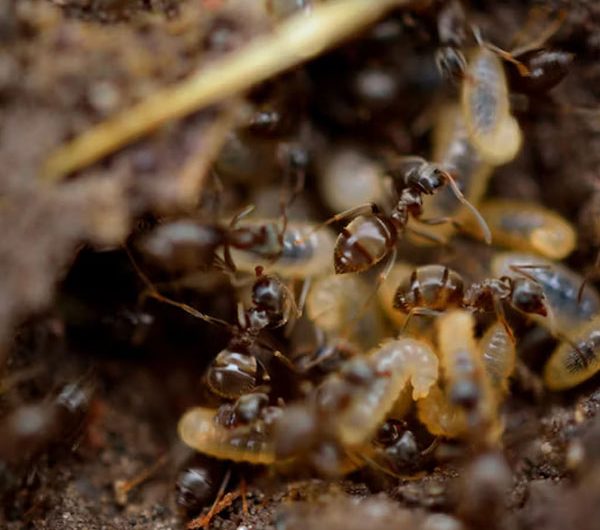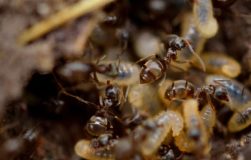Termites are silent invaders that can cause significant damage to your home if left unchecked. These destructive pests feed on wood and can compromise the structural integrity of your property. If you’re concerned about termites and want to protect your home from their costly damage, Pest Proofing Solutions has three essential tips to help you control and prevent termite infestations. Read on to learn simple yet effective strategies to safeguard your property.
Eliminate Moisture: Termites thrive in moist environments, as they require water to survive. By reducing excess moisture in and around your home, you can create an unfavorable environment for termites. Ensure proper drainage by directing water away from your foundation. Fix any leaks in pipes, faucets, or roofs promptly to prevent water accumulation. Regularly inspect and clean your gutters and downspouts to ensure proper water flow. Additionally, maintain proper ventilation in crawl spaces and attics to reduce humidity levels. By eliminating excess moisture, you make your home less attractive to termites.
Remove Wood-to-Soil Contact: Termites gain easy access to your home when wood comes into direct contact with soil. Regularly inspect your property for any wooden structures in direct contact with the ground, such as fence posts, decks, or wooden planters. Create a gap between these structures and the soil by using concrete or metal barriers. When landscaping, ensure that plants and mulch are not touching the foundation of your home. By eliminating wood-to-soil contact, you create a barrier that termites cannot easily breach.
Schedule Regular Inspections: Prevention is key when it comes to termite control. Schedule regular inspections with a professional pest control company, like Pest Proofing Solutions, to catch any potential termite problems early on. A trained technician can identify signs of termite activity, such as mud tubes, discarded wings, or damaged wood. Early detection allows for prompt treatment, minimizing the risk of extensive damage. Regular inspections are especially important if you live in an area prone to termite infestations. Stay proactive and take preventive measures to protect your home.
Conclusion: Controlling termites requires a proactive and preventive approach to safeguard your home from their destructive capabilities. By eliminating excess moisture, removing wood-to-soil contact, and scheduling regular inspections, you significantly reduce the risk of termite infestations. Remember, if you suspect termite activity or need professional assistance, don’t hesitate to reach out to a pest control expert. Protecting your home from termites is an investment that ensures the long-term integrity of your property.





